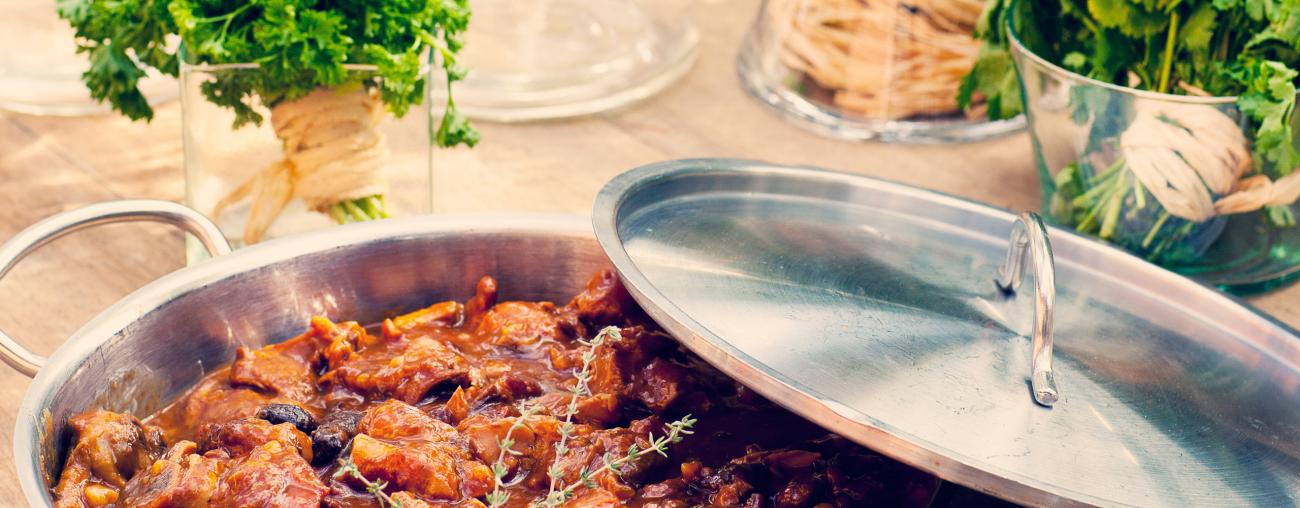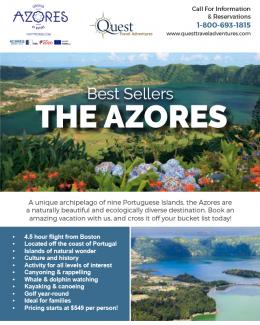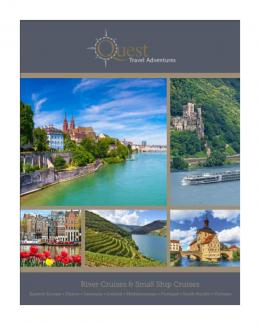Tenerife’s Culinary Delights: A Food Lover’s Guide to the Canary Islands

One of the greatest joys of travel is experiencing new cultures—and food is at the heart of any culture. The Canary Islands, particularly Tenerife, offer a feast for the senses with their rich history, fresh ingredients, and unique culinary traditions. Whether you're a seafood lover, a fan of hearty meats, or someone with a sweet tooth, Tenerife’s cuisine has something for everyone.
A Fusion of Flavors: The History Behind Canarian Cuisine
Tenerife’s cuisine is a delicious reflection of its diverse history. In the late 15th century, the island was the last of the Canary Islands to be conquered by the Spanish. By the 17th century, it became a key stop for explorers traveling between Europe and the New World. This unique past resulted in a vibrant mix of Spanish, African, and Latin American influences, all given a distinct Canarian twist.
Mojo Sauce: The Canary Islands’ Signature Condiment
One of Tenerife’s defining flavors is mojo sauce, a staple in Canarian cuisine. Made with olive oil, vinegar, garlic, salt, and spices, it comes in two main varieties:
-
Green Mojo: Milder, made with parsley or cilantro, typically served with fish.
-
Red Mojo: Spicier, featuring red peppers and paprika, often paired with meat.
Mojo sauce is the perfect companion to papas arrugadas (wrinkled potatoes), a beloved dish made by boiling local potatoes in heavily salted water until they develop their signature wrinkled skin.
Fresh Fruits & Vegetables: Tenerife’s Agricultural Bounty
Tenerife’s tropical climate produces an abundance of fresh, flavorful fruits and vegetables. Some of the island’s signature crops include:
-
Bananas: Unique in flavor due to their long ripening period.
-
Avocados, Mangoes, and Papayas: Sweet and nutrient-rich.
-
Exotic Fruits: Starfruit, lychee, and paraguayo peaches.
-
Vegetables: Locally grown potatoes, tomatoes, and corn.
Tenerife alone exports over 165,000 tons of produce to Europe each year, a testament to the island’s agricultural richness.
Seafood Delights: Fresh from the Atlantic
Being an island, Tenerife offers an impressive variety of fresh seafood. Popular dishes include:
-
Sancocho Canario: Salted fish with mojo sauce.
-
Cazuela de Pescado: Fish stew with potatoes, onions, and peppers.
-
Escaldón: A fish or meat-based dish mixed with gofio, a traditional Canarian flour.
Travel Tip: If you visit Garachico, try Restaurante Ardeola for a seafood feast with stunning ocean views. Their Canary Grill, featuring squid, octopus, limpets, and sea snails, is a must-try!

Meat Lovers’ Paradise: The Best of Canarian Meat Dishes
For those who love hearty meals, Tenerife’s meat dishes won’t disappoint. Some top picks include:
-
Puchero Canario: A flavorful stew made with beef, pork, and fresh vegetables.
-
Carne de Fiesta: Fried marinated pork, often served at celebrations.
-
Rabbit & Goat Meat: Traditional proteins frequently used in stews and slow-cooked dishes.
Canarian Cheeses: A World-Class Delight
Tenerife and the Canary Islands produce some of the world’s most exquisite cheeses, including:
-
Majorero Cheese: A creamy, nutty goat cheese from Fuerteventura.
-
Sheep & Goat Cheese: Locally made varieties from Tenerife’s mountain farms.
The island’s cheeses are so respected that the World Cheese Awards were held in Gran Canaria in 2009—marking the first time the competition took place outside the British Isles.
Sweet Endings: Canarian Desserts & Honey
No meal in Tenerife is complete without a traditional Canarian dessert. Some must-try treats include:
-
Bienmesabe: A mix of almonds, sugar, lemon, and cinnamon.
-
Huevos Mole: Egg yolks whipped with syrup.
-
Frangollo: A sweet dish made with flour, butter, raisins, and almonds.
-
Miel de Palma: A special palm honey produced only in La Gomera.
Fun Fact: The Canary Islands were once known as the “Sugar Islands” due to their importance in global sugar production.

Tapas Culture: Small Plates, Big Flavors
Like mainland Spain, Tenerife embraces the tradition of tapas—small dishes served as appetizers, often with beer or wine. Tapas allow visitors to sample a variety of flavors without committing to a large meal.
When dining out, look for tapas bars offering local specialties like chorizo, seafood, and papas arrugadas.
Experience Tenerife Through Its Food
Tenerife’s culinary scene is a true reflection of its history, landscape, and culture. Whether you’re indulging in fresh seafood, savoring tropical fruits, or sampling Canarian cheeses, every bite tells a story.
Ready to embark on a food adventure? Plan your trip to Tenerife and explore the flavors of the Canary Islands! Customize your journey to match your schedule, budget, and sense of adventure! Our most popular island itineraries include Taste of the Canary Islands, Canary 3-Island Tour, and The Best of the Canary Islands.
Buen provecho! (Bon appétit!)











